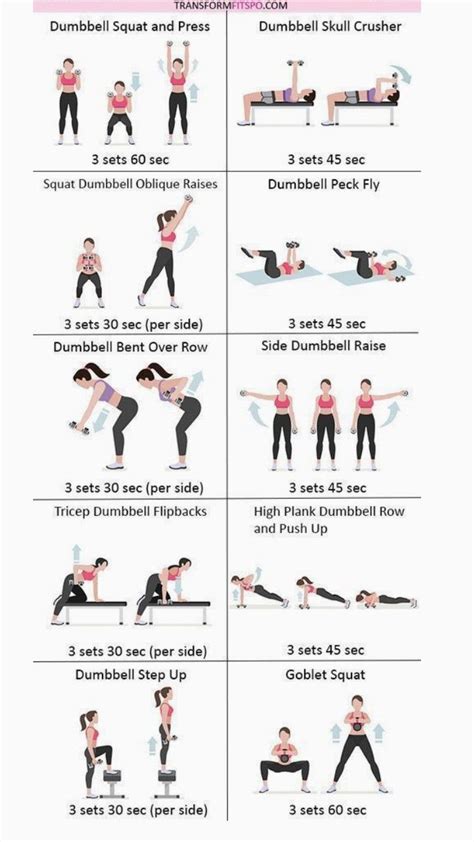Maximize strength: How to effectively apply progressive overload for peak performance?

To achieve peak performance and continuous strength gains, understanding and implementing progressive overload is non-negotiable. It’s the cornerstone of any effective strength training program, dictating how your body adapts and grows stronger over time. Simply put, progressive overload means continually increasing the demands placed on your musculoskeletal system to force it to adapt.
The Science Behind Strength Adaptation
Your body is an incredibly adaptable machine. When you lift weights or perform resistance exercises, you create micro-traumas in your muscle fibers. In response, your body not only repairs these fibers but also makes them stronger and larger to better withstand future stress. However, if the stress remains constant, your body will eventually adapt to that level, and further growth or strength increases will cease. This is where progressive overload comes in – it’s the systematic process of making your workouts harder over time, ensuring your muscles never get too comfortable.

Core Methods of Progressive Overload
Progressive overload isn’t just about adding more weight to the bar, though that’s a primary method. There are several effective ways to apply this principle to keep challenging your body:
- Increase the Weight: The most straightforward method. Once you can comfortably complete your target reps and sets with good form, it’s time to slightly increase the load.
- Increase Repetitions: If increasing weight isn’t feasible, try adding more reps to your sets. For example, moving from 3 sets of 8 to 3 sets of 10.
- Increase Sets: Adding an extra set to an exercise can significantly increase the total volume and stimulate further adaptation.
- Decrease Rest Time: By shortening the rest periods between sets, you increase the density of your workout, making it more challenging for your cardiovascular system and muscles.
- Increase Frequency: Training a muscle group more often throughout the week can lead to more opportunities for overload.
- Improve Exercise Form/Technique: While not a direct ‘overload,’ perfecting your form allows you to better target muscles and often handle more weight safely, leading to future progressive overload.
- Increase Time Under Tension: Slowing down the eccentric (lowering) or concentric (lifting) phase of an exercise makes the movement harder and places more stress on the muscles.

Practical Application for Peak Performance
Implementing progressive overload effectively requires a structured approach and diligent tracking. Guessing your way through workouts will likely lead to stagnation. Here’s how to apply it:
- Track Everything: Keep a detailed workout log. Record the exercises, sets, reps, weight, and even rest times for every session. This data is crucial for knowing when and how to progress.
- Set Realistic Goals: Don’t try to add 20 pounds to your squat every week. Aim for small, consistent improvements. A 2.5-5 lb increase on compound lifts or one extra rep per week is excellent progress.
- Focus on Compound Movements: Exercises like squats, deadlifts, bench presses, and overhead presses allow for significant progressive overload due to the multiple muscle groups involved and the potential for lifting heavier weights.
- Follow a Structured Program: A well-designed strength program will inherently build in progressive overload, guiding you on when and how to increase the demands.
- Listen to Your Body: While progression is key, don’t push through extreme pain or fatigue. Proper recovery and occasional deload weeks are essential to prevent overtraining and injury.

Avoiding Plateaus and Maximizing Consistency
Even with progressive overload, plateaus are inevitable. When you hit one, it’s an opportunity to adjust your strategy. You might need to change your rep scheme, switch to a different exercise variation, take a deload week to allow for full recovery, or reassess your nutrition and sleep. Consistency is paramount; showing up, even on days you feel less motivated, and making small, incremental progressions over months and years is what truly builds peak strength.

The Long-Term Rewards
By consistently applying progressive overload, you’re not just lifting heavier weights; you’re building a stronger, more resilient body. This leads to increased muscle mass, improved bone density, enhanced athletic performance, and a greater capacity to handle the physical demands of daily life. It’s a commitment to continuous self-improvement, turning every workout into a stepping stone towards your ultimate strength goals.








